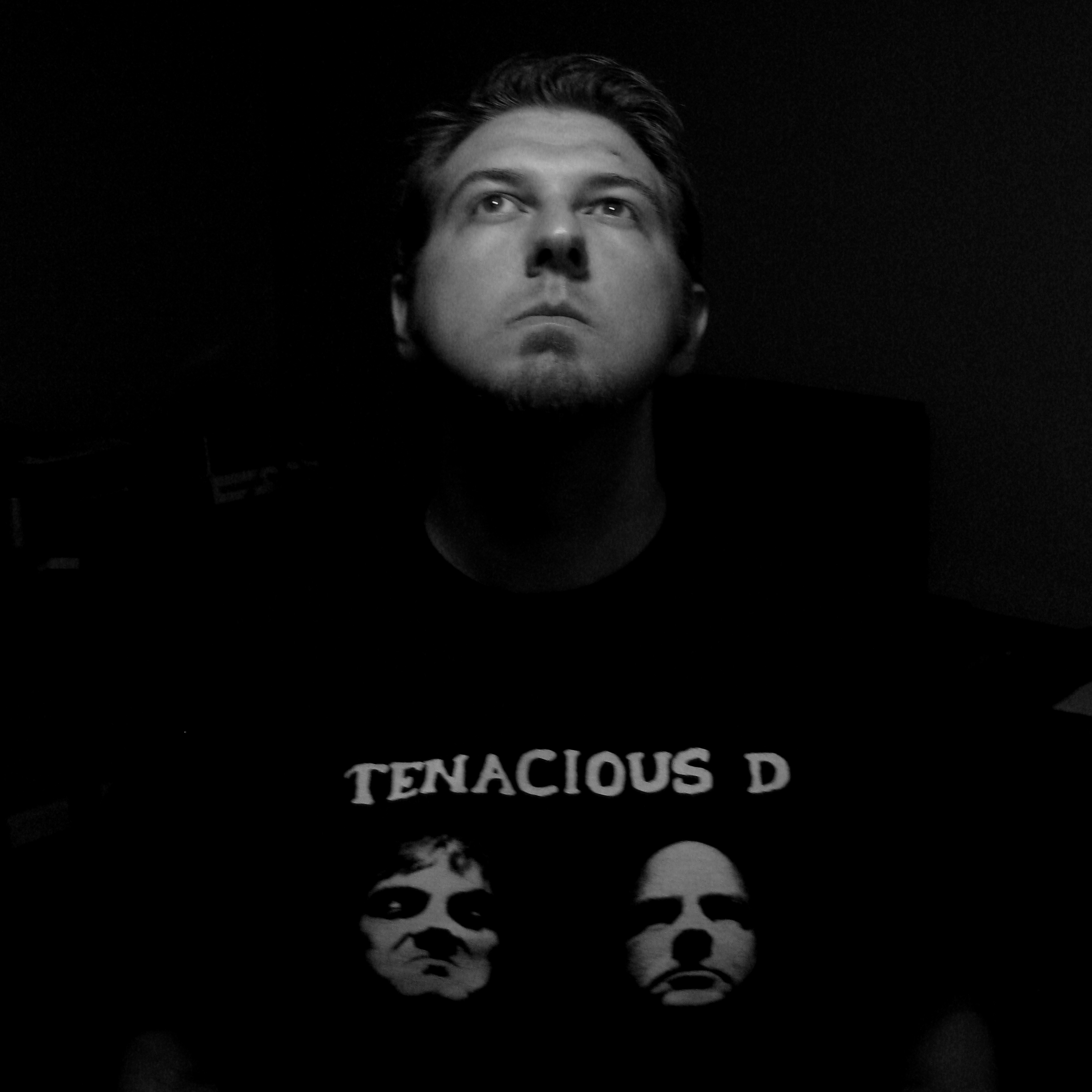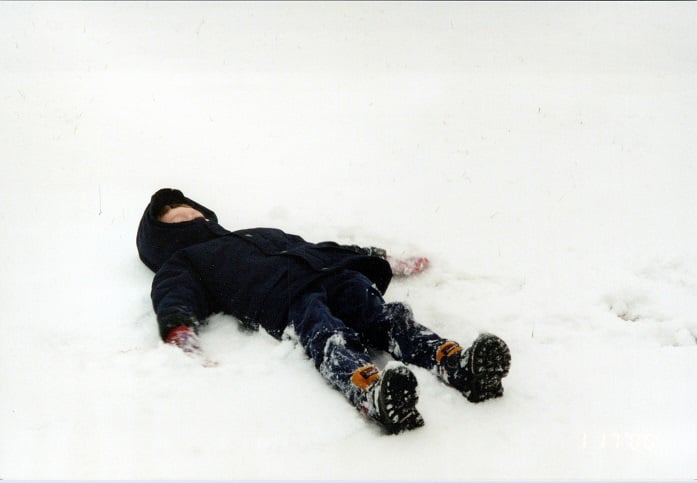I’ve been backing up to a dedicated hard disk within the same server for all my backups in case my disks fail. And as I run more and more services, the concern of disks failures grow bigger.
I’m looking for a cheapish off-site backup solution and I’m just curious what everyone does for their 3-2-1 backup solutions.
Honestly, I don’t. The vast majority of my data is just stuff like Linux ISOs that I could download again. Important documents and stuff like that take up so little space that I just keep them in Google Drive. Most of my personal project work is on GitHub. And while neither of those are technically backups, it’s not a tragic loss if I accidentally delete everything.
Do you at least encrypt those documents?
No. They’re not that sensitive. And if I did, I’d lose the ability to search their contents through the Google Drive interface.
I also use SpiderOak, and they say they use end-to-end encryption. That’s where I keep my tax returns and other finance stuff.
Yeah it’s weird, 10+ years ago or so I feel like I had SO MUCH DATA and it was always an issue. Now I really don’t have anything. A few gigs of photos I guess, some various files, but that’s it. I guess I used to have a lot more media like movies and porn, which I don’t really need anymore.
Define which data is from value. I got 68TB of data but realistically only 3 TB are from such value I maintain several copies (Raspi + SSD) and online backup. The rest of data is stored on a cheap server build at a family member and synchronized twice a year. Make sure your systems and drives are all encrypted. And test your backups and redeployment strategy.
2 spare drives and a safe deposit box ($10/yr). Swap the bank box once a month or so. My upstream bandwidth isn’t enough to make cloud saves practical, and if anything happens, retrieving the drive is faster than shipping a replacement, nevermind restoring from cloud.
Of course, my system is a few TB, not a few dozen.
Ah yes automated backups, on my to-do which I’ll hopefully do before a failure (famous last words). People talking about backblaze b2. I just looked. Why not use the personal one? The one computer would just be the Nas if using it for cold storage/redundancy?
To copy a comment from reddit:
HTWingNut: Backblaze Personal only works with Windows PC's and Mac, and drives that are physically connected to the computer. No VM's, no network drives/hardlinks/symlinks, etc. You have to use their software to backup too. As someone else noted, for recovery you can grab files in 500GB chunks as a zip, or 8TB drive mailed to you (free of charge up to 5 per year). Data needs to be retained on your local drives otherwise it will delete them from their servers after 30 days unless you upgrade to their 1 year retention plan. I have a Windows PC that is on 24/7 for a number of things, and I just put a hard drive in there that I backup my most important NAS files to that, and it gets backed up to Backblaze Personal. Backblaze Personal is cheap and I see the appeal, but you have to understand and live with those caveats for "unlimited" backup.I use B2 with rclone and just backup “important” stuff on my NAS with cron jobs. I guess you could have rclone move the “important” stuff from NAS to a “burner” PC which uses Backblaze Personal.
I don’t have enough data to warrant all that so I use B2 for now and I have around 50GB of data so the price is cheap
Do you have any family or friends that are willing to let a small NAS sit around somewhere? Or host a friends backup and return they host your backup? For me, this approach works well and is probably as cheap as it can get. To just backup some data over the internet, any cheap old NAS will do. I have an old NAS sitting at my parents and just manually turn it on when I’m visiting. A small startup script runs rsync without further interaction and shuts down when finished.
My home “offsite” backup is a second NAS at my parents house. I plan on getting two identical NASes with identical storage setup and let them replicate themselves automatically, but no money for that now.
I don’t do 3 2 1, I do 3 1 1
I have a 2 x 8TB in RAID1 NAS at a family members house and I also have an OVH dedicated server with 2 x 480GB in RAID1 and 2 x 8TB in RAID1. I use rclone for my backups and keep deleted files for 30 days on the NAS and 120 days on the OVH dedicated server. Both the NAS and server connect back to my home network using WireGuard.
The OVH dedicated server also runs numerous virtual machines that host websites as well as backups of my netbox and mediawiki instance I run at home(they sync nightly).
If you ever get raided by the Feds they’ll probably raid your friends and family’s houses too so it is generally advisable to avoid using friends and family for offsite storage.
Is getting raided by the FBI something most people worry about?
I don’t worry about getting raided by the FBI at all since I don’t live in the US lol
But apparently some people worry about it…but if those same people knew how to protect themselves while using the internet they wouldn’t need to worry at all.
If you host Tor nodes, maybe.
Only if you know no government has ever lasted forever, and think humans are capable of great evil. Even if not…it’s just best practices…think about targeted attacks, corporate espionage, vengeance, things like that.
First they’d need a reason which they won’t find or have.
Secondly in my 20+ years working in IT and using the internet I’ve never once heard that statement about it being “generally advisable to avoid using friends and family for offsite storage”. Needed a good laugh. Thanks.
What is the alternative?
If your data is such valuable, I’m sure you took the time to setup a complete encrypted system (LUKS).
Restic to Wasabi.
I used to use Backblaze B2, until I did the maths on how much it would cost me to restore. B2 storage is cheap yes, but the egress is so fucking expensive. It would have cost me hundreds.
Wasabi storage is equally cheap, and restoring won’t cost me an arm and a leg.
I use the following scripts for Restic: https://gitlab.com/finewolf-projects/restic-wrapper-scripts
I’ve never considered off-site storage. You got me thinking
Crashplan can’t tell the difference between local folders and NFS mounts, and they have an unlimited size backup plan per device for like $10/month. I have 1 device with NFS mounts from many desktops and my Nas. About 9TB.
Are you saying, theoretically if I had 100s of TB (I don’t… yet!) on mounted drives (local or NFS shares), I could back it all up to Crashplan, and keep the retention as long as the files still exist on my device(s)? Sounds amazing, but what’s the cost of restoring the data? They’re not being very loud about that part on their website.
Yes. Look here, the plan is per-device, and the capacity is unlimited: https://www.crashplan.com/pricing/ . I think the restore would be extremely painful, it’s not a fast pipe, but the bigger you go that’s gonna be an issue no matter what.
I have a borg server in the office that takes backups of all my servers. Each server stores their applications backup that gets pulled into the repo. On top of that, the borg server pushes the backup to rsync.net.
All of this is monitored by my Zabbix server
I use Borg + borgmatic (although I may be a little biased there…) and backup to BorgBase and rsync.net. When figuring out where your “cheapish” off-site backup solution should be, you need to take into account: How much data you want to store, how much you expect it to be deduplicated, how much you expect it to grow, and your needs for retrieval and egress. See some of the other comments here on some of the pros/cons of various providers.
Also, it should be said that Borg doesn’t directly support non-SSH cloud storage providers, although you could always backup with Borg locally and then rclone that to a cloud provider. Restic does support non-SSH cloud storage directly, but then no borgmatic. So, 🤷.
I run a Synology NAS and use their backup solution Synology C2. It’s e2e encrypted, pretty affordable and well integrated into the system, so it was basically a one-click setup. Also, they keep old versions for 30 days, but only the most recent versions count towards your quota, which makes the space usage very predictable.
B2 from my NAS with duplicacy. Set it up with healchecks.io to let me know it if stops, and it works without a flaw
I use S3 sync via the cli and use lifecycle policies to manage number of snapshots and deletion.
Some cool options for moving files to different tiers like cold and glacier but I don’t know enough about it or the retrieval costs to use it just yet






